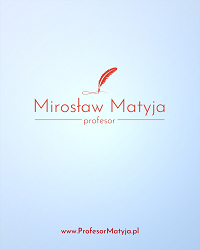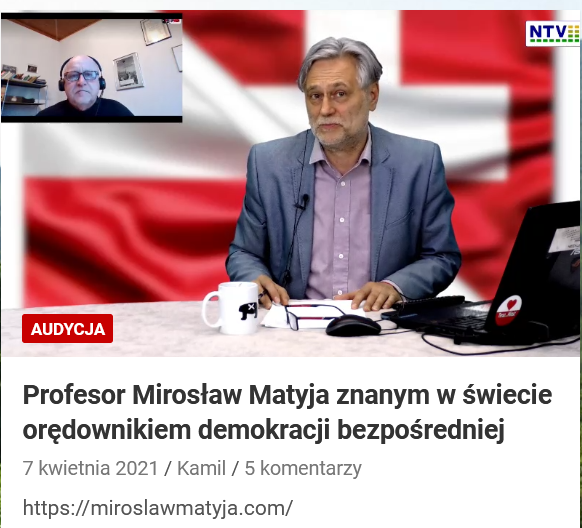The Use of Minangkabau Proverbs of Contrast Meanings by Minangkabau Society in Medan
Abstract
Keywords
Full Text:
PDFReferences
Bahri, S. (2001). Inteferensi Bahasa Minangkabaukabau dalam Bahasa Indonesia pada Masyarakat Minangkabau Perantau di Medan. Medan: Universitas Sumatera Utara.
Belle, H, V. (2009). Playing with Oppositions. Verbal and visual antithesis in the media. In: J. Ritola (Ed.), Argument Cultures: Proceedings of OSSA 09, CD-ROM (1-13), Windsor, ON: OSSA.
Diradjo, D. S. (1912). Minangkabau Proverb. First Volume. Batoe Sangkar: Tandjoeng Soengajang.
Fahnestock, J. (1999). Rhetorical Figures in Science. New Yor /Oxford: Oxford University Press.
Fanany, I., & Rebecca, F. (2003). Wisdom of the Malay Proverbs. Kuala Lumpur: Dewan Bahasa dan Pustaka.
Friedman, M., Chen, H.-C., & Vaid, J. (2006). Proverb Preferences Across Cultures: Dialecticality or Poeticality. Psychonomic Bulletin & Review , 353-359.
Honeck, R., & Colston, H. L. (2000). A Proverb in Mind: The Cognitive Science of Proverbial Wit and Wisdom. Journal of Pragmatics , 628-638.
Marwoto, B. J., & Witdarmono. (2004). Proverbia Latina. Jakarta: Book of Compass.
Nafis, A. (1996). Peribahasa Minangkabau . Jakarta: PT. Intermasa.
Noverita, D. (2018). Semantic Analysis of the Minangkabaukabau Classical Proverb Based on the Model of the Proverb Tree. International Journal of Linguistics , 108-121.
Oktavianus. (2015). Meaning and Value in Minangkabaukabau Proverb. Jurnal Tutur , 103-115.
Saleh, A., A. (1999). Ungkapan Minangkabaukabau. Laporan Penelitian oleh Lembaga Kerapatan Adat Alam Minangkabaukabau Padang.
Sibarani, R. (2014). Kearifan Lokal Hakikat, Peran, dan Metode Tradisi Lisan. Jakarta: Asosiasi Tradisi Lisan (ATL).
Temple, J. G., & Honeck, R. F. (1999). Proverb Comprehension: The Primacy of Literal Meaning. Journal of Psycholinguistics Research , 43-70.
Waridah, E. (2013). EYD Ejaan yang Disempurnakan & Seputar Kebahasaan-Indonesia. Jakarta: PT. Kawah Media.
DOI: https://doi.org/10.33258/birle.v2i4.494
Article Metrics
Abstract view : 279 timesPDF - 206 times
Refbacks
- There are currently no refbacks.

This work is licensed under a Creative Commons Attribution-ShareAlike 4.0 International License.

This work is licensed under a Creative Commons Attribution-ShareAlike 4.0 International License

_.gif)



















_.gif)



